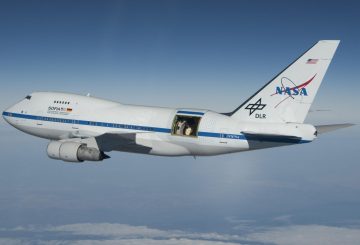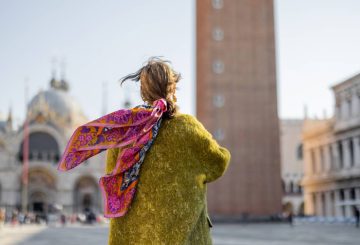e-스쿠터 시범 운영을 시작한 네이피어(Napier)는 이로써 새로운 교통 수단을 마련한 도시 중 하나로 합류하게 됐다.
앞으로 2년 간 시범 운영될 빔 스쿠터(Beam scooters)는 이달 말부터 시행 예정이며, 한여름에는 최대 200대의 전자 스쿠터를 이용할 수 있게 됐다.
회사는 지자체와 협력해 적은 수의 전기 스쿠터로 시작해 점차 그 수를 늘릴 계획이다.
스쿠터는 앱을 통해 대여할 수 있으며, 1회성 대여 및 정기 대여 모두 가능하다.
리처드 먼네케(Richard Munneke) 네이피어 시의회장은 RNZ 뉴스에서 스쿠터는 재밌는 이동 수단일 뿐 아니라 다른 도시에서 이미 성공을 거둔 사례라고 전했다.
“기후 변화의 영향을 완화하는 데 지속적으로 집중하고 있다. 전기 스쿠터는 자동차에 대한 의존도를 줄이면서 사람들로 하여금 환경 친화적인 교통 수단을 선택하도록 장려하는 훌륭한 대안이다.”
“코로나 이후 이제 크루즈선들도 네이피어항으로 속속 들어오고 있다. 여행객들은 전기 스쿠터를 이용해 현지 관광지를 손쉽게 둘러볼 수 있다.”
회사 대변인은 뉴질랜드에서의 전기 스쿠터 사용이 더 많아져야 할 뿐만 아니라 전기 스쿠터 성장 범위가 넓다고 밝혔다.
“국내 소규모 교통수단(Micro Mobility)가 보편화됨에 따라 점점 더 많은 시민들이 자동차를 두고 다니게 될 것이다. 따라서 마이크로 모빌리티의 사용량도 기하급수적으로 증가할 것으로 전망한다.”
빔 스쿠터(Beam scooters)는 이미 오클랜드, 웰링턴, 파머스턴 노스, 황가누이, 황가레이뿐만 아니라 여러 아시아 국가에서 전기 스쿠터를 운영하고 있다.





























































